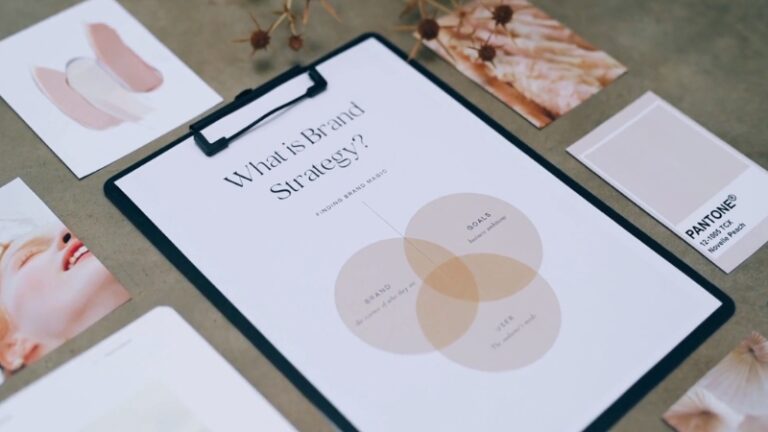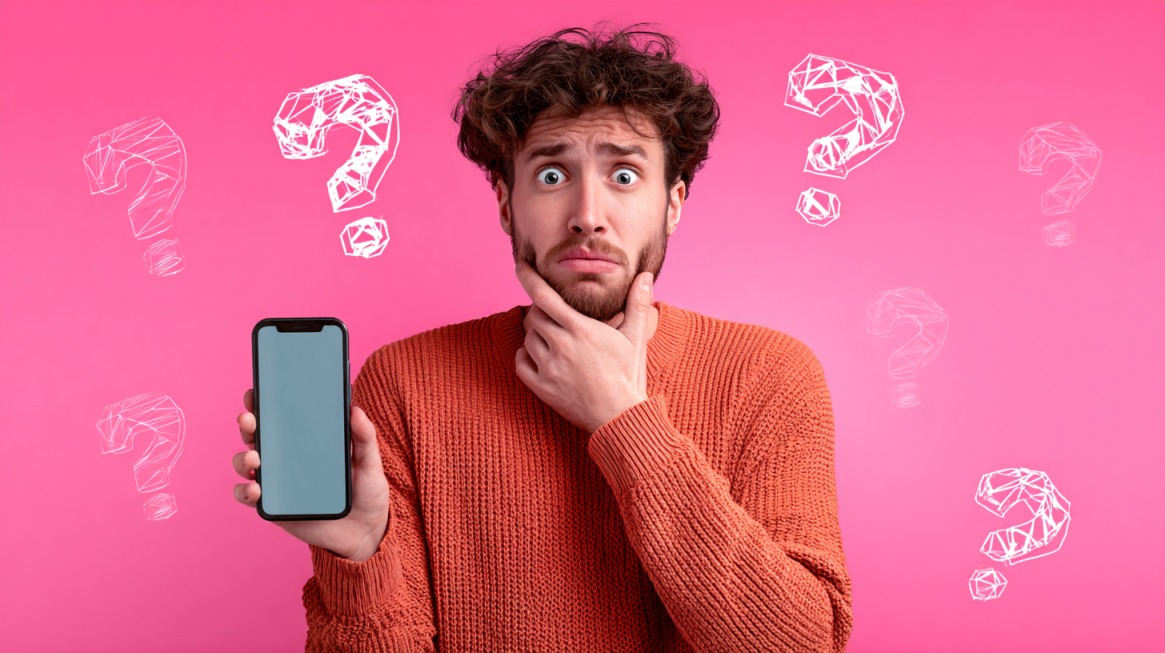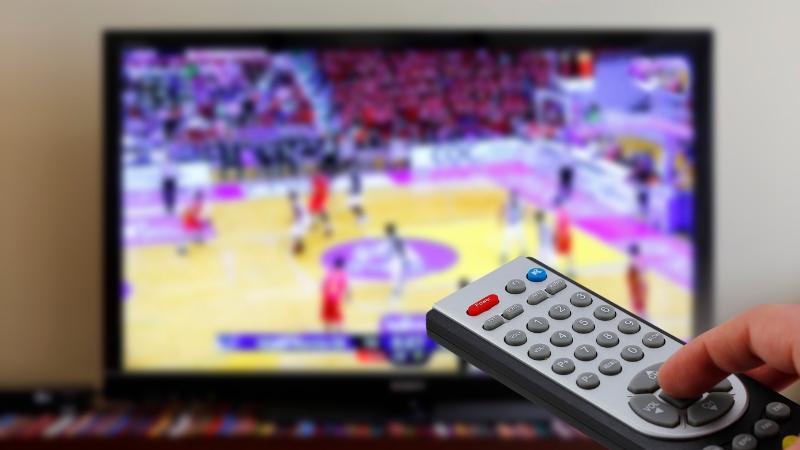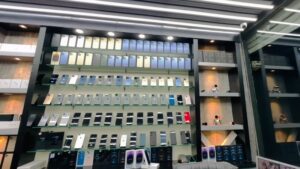With consumer habits shifting rapidly, digital channels evolving every year, and competition tightening across every industry, businesses often waste time improving the wrong things first, tweaking secondary details while ignoring the real bottlenecks.
The concrete answer is simple: Before doing anything else, you must improve your visibility, your offer clarity, and the user experience of how people discover and buy from you.
If customers cannot clearly understand what you offer, why they should trust you, or how to take the next step, no amount of ads or discounts will fix the problem.
Increased customer flow comes from a stronger presence and smoother journey, both online and offline.
1. Strengthen Your Visibility Before Anything Else

Visibility is the oxygen of customer acquisition. If people do not see your business, or do not see it enough times, they will not consider you as an option.
In 2026, visibility means more than simply being online; it means showing up repeatedly, consistently, and with compelling messaging.
Consumers now engage with brands across multiple platforms before buying. They might discover you on Google, but research you on Instagram, validate you on TikTok, and finally purchase through your website.
To compete, you need a presence that builds familiarity across these touchpoints.
This is also where many businesses realize that organic reach alone is not enough in today’s crowded digital landscape.
A growing number of small brands use engagement-boosting services to amplify visibility and social proof. For example, platforms like SocialWick are frequently used by creators, coaches, boutique stores, and startups to increase reach and credibility across social networks.
For businesses with great products but weak exposure, raising visibility often unlocks the first wave of new customers.
2. Clarify Your Offer So Customers Immediately Understand It

After visibility comes clarity. A surprising number of businesses lose potential customers not because the offer is bad but because it is unclear.
In 2026, attention spans will be even shorter, and customers expect instant comprehension.
Clear offers answer three questions in under five seconds:
- What do you sell?
- Who is it for?
- Why is it better than other options?
If your website, storefront, or social profile does not answer all three instantly, customer loss is guaranteed. Clarity must guide your headlines, your landing page structure, your product descriptions, and even the way you speak about your services in person.
3. Upgrade the User Experience Across Every Customer Touchpoint
Consumers judge businesses within the first seconds of interaction. Whether someone lands on your website or steps through your physical door, they are experiencing your brand’s usability.
In 2026, friction is the enemy of conversion.
Upgrading the user experience means:
- Faster website loading times
- Cleaner navigation
- Clearer CTAs (book now, shop now, call now)
- More transparent information
- Easier checkout processes
- Fewer steps to get what they want
For physical businesses, user experience includes store layout, staff approachability, pricing clarity, and wait times. Improving the experience almost always improves sales.
4. Modernize Your Brand Presentation

Customers in 2026 gravitate toward brands that feel current, trustworthy, and visually consistent. A strong brand does not require a huge budget but does require intentional design choices.
Modernizing your brand may include:
- Updating your logo
- Refreshing product photos
- Improving packaging or signage
- Unifying color palettes
- Creating a clean, consistent online aesthetic
This step alone can dramatically shift customer perception. People trust modern-looking businesses more, even if the product has not changed.
5. Improve Trust Signals Everywhere Your Business Appears
Trust drives conversions. Consumers today verify before they buy, and 2026 will only sharpen that behavior. To win customers, you must display credibility clearly and repeatedly.
Strong trust signals include:
- Authentic customer reviews
- Before-and-after photos
- Certifications or awards
- Case studies
- Partnerships
- Media mentions
- Testimonials on product pages
- Social proof (followers, engagement, real customers interacting with you)
Even small brands become customer magnets when trust signals are strong and visible.
6. Make Your Website Conversion-Optimized, Not Just “Pretty”
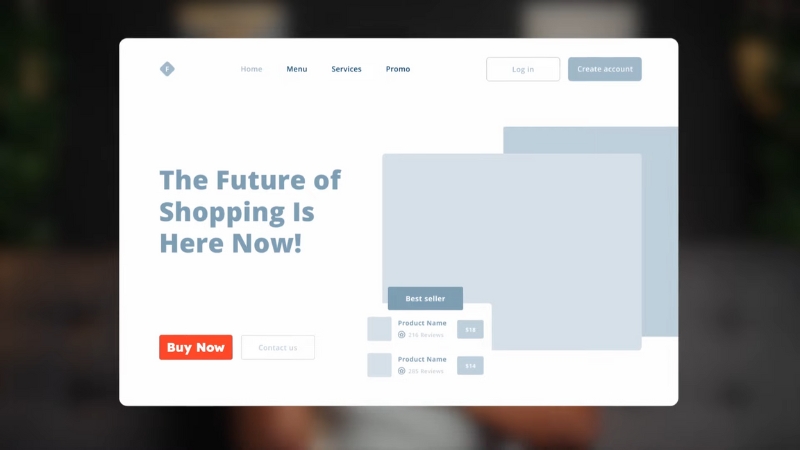
A beautiful website that does not generate leads is simply an online brochure. A conversion-optimized website guides the visitor toward a structured outcome, an inquiry, a booking, or a purchase.
Key conversion elements include:
- A value-driven homepage headline
- Multiple calls to action
- A short 1–2 minute explainer video
- Social proof in the form of reviews
- Clear pricing or packages
- A benefit-focused product description
- A simple contact form
- Fast mobile responsiveness
Businesses that switch to conversion-first design often increase customer inquiries by 20–60% within weeks.
7. Streamline the Customer Journey From First Contact to First Purchase
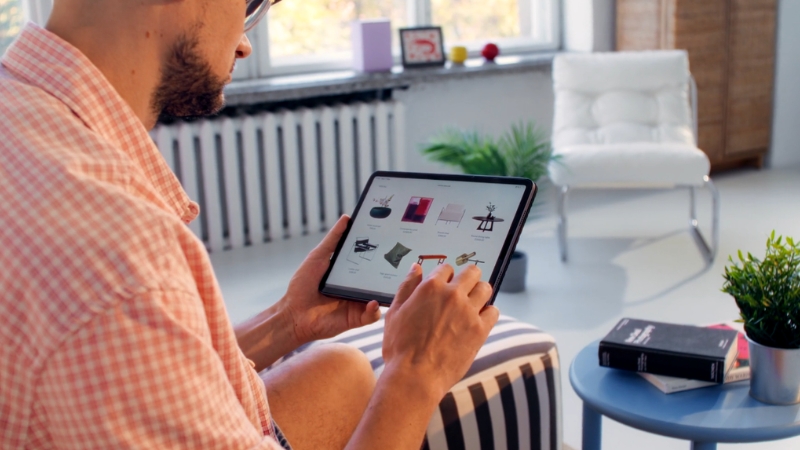
Every step a customer takes between discovery and transaction must be intentional and efficient. If any step feels confusing or too long, customers drop off.
Mapping the journey is essential:
- Discovery →
- Information →
- Interest →
- Comparison →
- Decision →
- Purchase →
- Follow-up →
- Repeat business
Improving each micro-step lowers friction and increases conversions.
8. Improve Your Offer Value Instead of Competing on Price
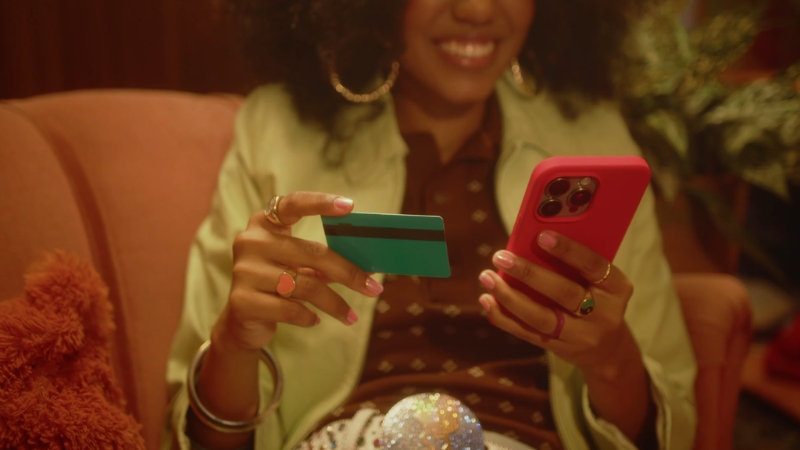
The most successful businesses in 2026 are not the cheapest; they are the ones that offer the most compelling value.
Customers today are willing to pay more when they feel that the offer solves their problem better, faster, or more completely than the alternative.
By enhancing your offer instead of cutting prices, you protect your margins and strengthen your competitive position.
| Value Element | Why It Matters |
| Bonuses | Makes the offer feel more complete and higher-value. |
| Guarantees | Reduces buyer hesitation and increases trust. |
| Faster Delivery | Increases perceived convenience and reliability. |
| Improved Packaging | Enhances the customer’s unboxing experience. |
| Customization | Makes the purchase feel unique and premium. |
A strong offer makes pricing almost irrelevant. Customers remember value, not discounts.
9. Strengthen Communication Speed and Customer Service

Customer expectations for communication speed have never been higher. When someone sends a message or asks a question, they expect an immediate reaction.
Whether it is an automated FAQ, a quick email response, or a well-managed DM inbox, your communication flow directly influences your conversion rate.
| Improvement Area | Impact |
| Instant FAQs | Reduces friction and answers common questions instantly. |
| Fast Email Replies | Prevents customers from abandoning the purchase. |
| Automated Messages | Keeps customers updated without delays. |
| Clear Instructions | Minimizes confusion and reduces support requests. |
A business that communicates clearly and quickly automatically feels more trustworthy, and trust always leads to more sales.
10. Build Retention Systems so Customers Become Long-Term Buyers
@kevinolearytvGetting your first 100 customers is just the start. If they don’t buy again, you’re dead. Attrition, CAC, and ROAS — that’s the holy trinity you better understand if you want to survive.
Retention is the backbone of profitability. Businesses with strong retention systems generate more revenue from fewer customers and spend far less on marketing.
Your goal is to build a long-term relationship rather than rely on a single transaction.
| Retention Tool | Benefit |
| Loyalty Programs | Encourages repeat purchases through rewards. |
| Subscriptions | Provides stable monthly revenue. |
| Post-Purchase Emails | Keeps the brand top-of-mind. |
| Personal Recommendations | Increases customer satisfaction and trust. |
Conclusion
The path to more customers in 2026 is not about chasing trends; it is about fixing the foundations of visibility, clarity, trust, and user experience.
Once these core elements function properly, marketing becomes easier, customer flow increases organically, and every new customer becomes easier to convert.
Businesses that upgrade these essentials now will enter 2026 ahead of competitors still busy tweaking unimportant details.
Related Posts:
- 4 Tips to Quickly Improve Your Gaming Skills in The Finals
- 7 Hobbies for Sports Fans Who Want More Than Just…
- Dog Harness vs Collar - What Vets and Trainers Want…
- 10 Celebrity Interior Trends You’ll Want to Try at…
- Why Solar Panel Cleaning Matters More Than You Think
- 8 Destinations Where Luxury May Be More Affordable…


